Are New Whiskies Capitalising Without Proving Their Worth?
let’s begin
Over the last decade or so there has been a massive uptake in the Whisky industry. People are flocking to the market, excited by a spirit with so much diversity of flavour and adaptability.
Note: this article has been edited with correct information for the Spirit of Yorkshire Distillery, apologies to Joe Clark, their Whisky Director for the original error.
Part of this is obviously the tendency for new distilleries to pop up here and there on an almost constant basis.
Now it’s not that I’m not all for new whiskies appearing. I love it when a new distillery surfaces; it makes me excited for what’s going on in the Whisky industry, with new innovation everywhere.
The issue I have, is that many of these brands are marketing themselves as Super Premium or Premium, with little mettle to their claims.
Anyone can say their Whisky is Super Premium and needs a price tag that matches, but is that actually true? Is the quality actually there?
marketing
A lot of this is to do with assumed quality and ‘limited edition’ bottlings of very young whisky. Tell people a product is Premium and they’ll want it more. We all like to pretend we’re not susceptible to marking, but hasn’t there been a time when you’ve bought something top of the range, got it home, and realised its actually a bit rubbish?
That’s how these distillers are getting consumers, and that’s what a lot of brands do to sell themselves as Premium. Now before I get sued, I’m not saying these brands actually are rubbish, I’m just explaining how the market for new distillery brands is evolving.
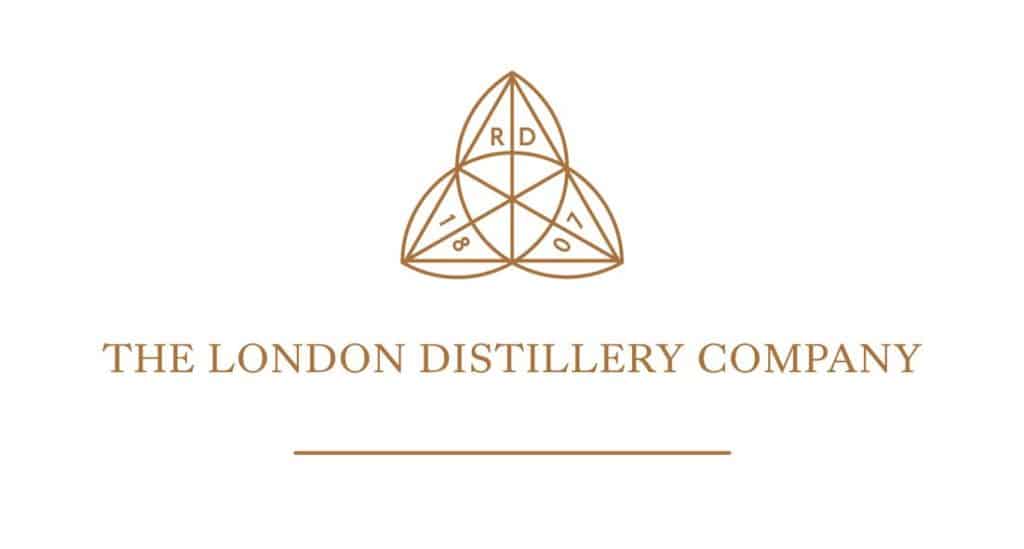
A recent brand with the Super Premium label attached is The London Distillery Company, who brand themselves as “the first to successfully distil Whiskey in the nation’s capital for more than 100 years”. Each bottle of their new Rye Whiskey costs £251.
That’s a lot of money. Especially for a new brand, with no history of distilling – and a fair few ups and downs, not to mention a ropey approach to customer service for those who bought their small barrels a number of years ago. The leaders in the Scotch world don’t even have the audacity to attach such a label to their anything but their finest blends and malts.
And yet, TLDC, as they like to be called, has entered the market with this staggeringly high price and nothing to prove that their new whiskies are the quality it claims to be.
TLDC may have been the first to produce whiskey in the capital for 100 years, and I was one of those who bought their 20 litre barrels as I was very excited about that, as a Londoner, but nowadays there are several distilleries producing spirit for maturing into whisky in London.
One such distillery is Bimber, who also happen to promote themselves as one of the few distilleries making Whisky in the capital. They also promote themselves as being small batch and artisan, focussing on their location as something unique and special, setting them apart from others.
But again, they are a new brand, they have only been open since 2015, on what do they rest their laurels?
That being said, Bimber have seen impressive sales, and they have proved to be popular. But surely this is the point at which they can begin to craft their Premium label, not before they have proven themselves on the field.
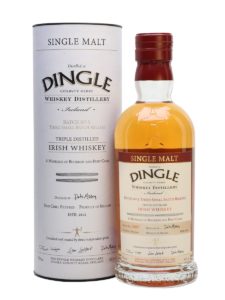
small batch
TLDC have also only produced 251 bottles of their rye Whiskey, which makes it look like an exclusive, unique Whiskey. It also looks like a small batch Whiskey.
Small batch and artisan are two buzzwords that were originally used to describe craft Whiskies, but they have also become harbingers of overpriced Whiskies.
TLDC do not explicitly use this marketing, but brands like Wolfburn and Dingle do. Both are new distilleries and both focus on small batch spirits, in the vein of craft creators but with premium price tags.
Again, with new whiskies there is no proven track record of why one would pay so highly for an unknown, fledgling brand.
Using words like small batch and artisan, things that bigger producers also do to make themselves appear more accessible and niche, are ways to signal to your audience a certain level of quality that your brand might not actually have.
Dingle is part of a much wider discussion on the exceptional uptake in interest in the Irish Whiskey industry. They promote themselves as unique, but at a time when there are Irish distilleries appearing fairly regularly, can they really make this claim, and charge matching prices for their brand?
Whisky is a very particular spirit to craft, and can be hard to do it well. Smaller brands that are only establishing themselves now seem to be really holding fast to the new popularity of the spirit. It will be interesting to see if they last, like the bigger names in the game have, through both high points and low points in the market.
History and Provenance
As well as marketing, new whiskies also like to play up the history of what has gone before them. Whisky has been around for centuries, and has special significance in Scotland.
New brands, with very little of their own history like to tag onto this and use it to make their brands and products seem older and wiser than they are. They also like to focus on provenance, using consumers’ attraction to hyper-locality to sell their product.
Daftmill for instance, a brand that has been around since 2005 but has only released their first bottling, a 12 Year Old, earlier this year, focus on both of these.
New whiskies intertwine the history of the site of the distillery, with the history of the brand.
This makes consumers believe they have a much deeper connection to the land, and that they must therefore be very well versed in making Whisky. I like how they have approached things, and how they use these ideas to build up a much more robust idea of their brand than a new malt should perhaps have.

Wolfburn, as mentioned before, also use provenance to make their brand appear as much more connected to the history of Scotland and Scotch than it is. They promote themselves as “the most northerly whisky distillery on the Scottish mainland” and attach the label “Made in Thurso”.
Now of course they are not making any false claims, but the idea of hyper locality and provenance is then used to slap a premium price tag on a malt that itself hasn’t been around long enough to warrant it.
Another example is the Spirit of Yorkshire, a brand that has sold “maturing malt” due to customer demand for their ‘work in progress’ spirit. I like that this one was launched due to customer demand, but I am not a fan of the name as that sounds a little like it is ‘malt whisky’ as concurred by a few of you who wrote in about it. Joe, their Whisky Director commented that “in terms of transparency, we give a full break down of cask types and age during the tasting at the end of the tour. We only have two and a half years of history and don’t use historical cues to sell our product”.
With all of these new distillery offers, they are selling at a higher price than many well established and award-winning distilleries would sell their perfectly aged malt, fair play if they can shift bottles, but I would personally think twice unless there was an incredibly compelling reason for buying.
Beware the Label
I don’t want to make your mind up for you. Maybe you enjoy some of the brands here or you recognise the traps of dubious marketing and are still happy to pay Premium prices.
That’s fine, to each his or her own, and you will certainly come across some brilliant malts that deserve the label.
But be aware that not all Premium and Super Premium malts are deserving of the title. And they are certainly not deserving of the price tag.



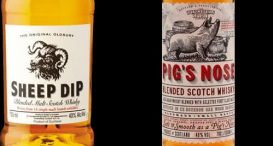
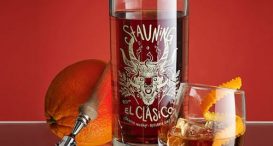

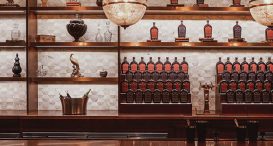


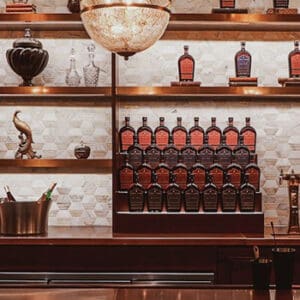
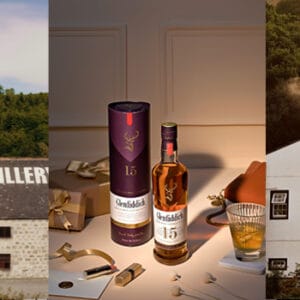
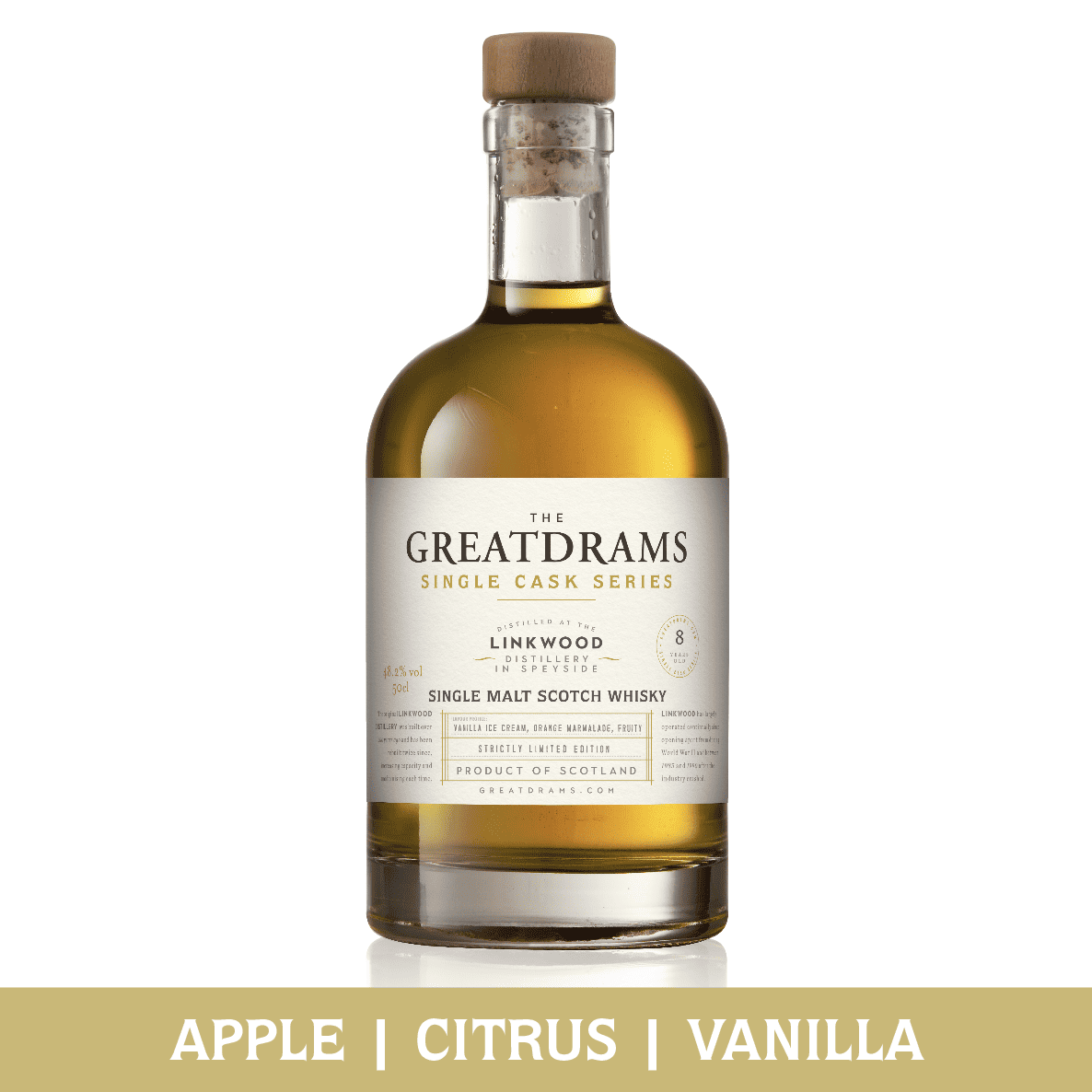
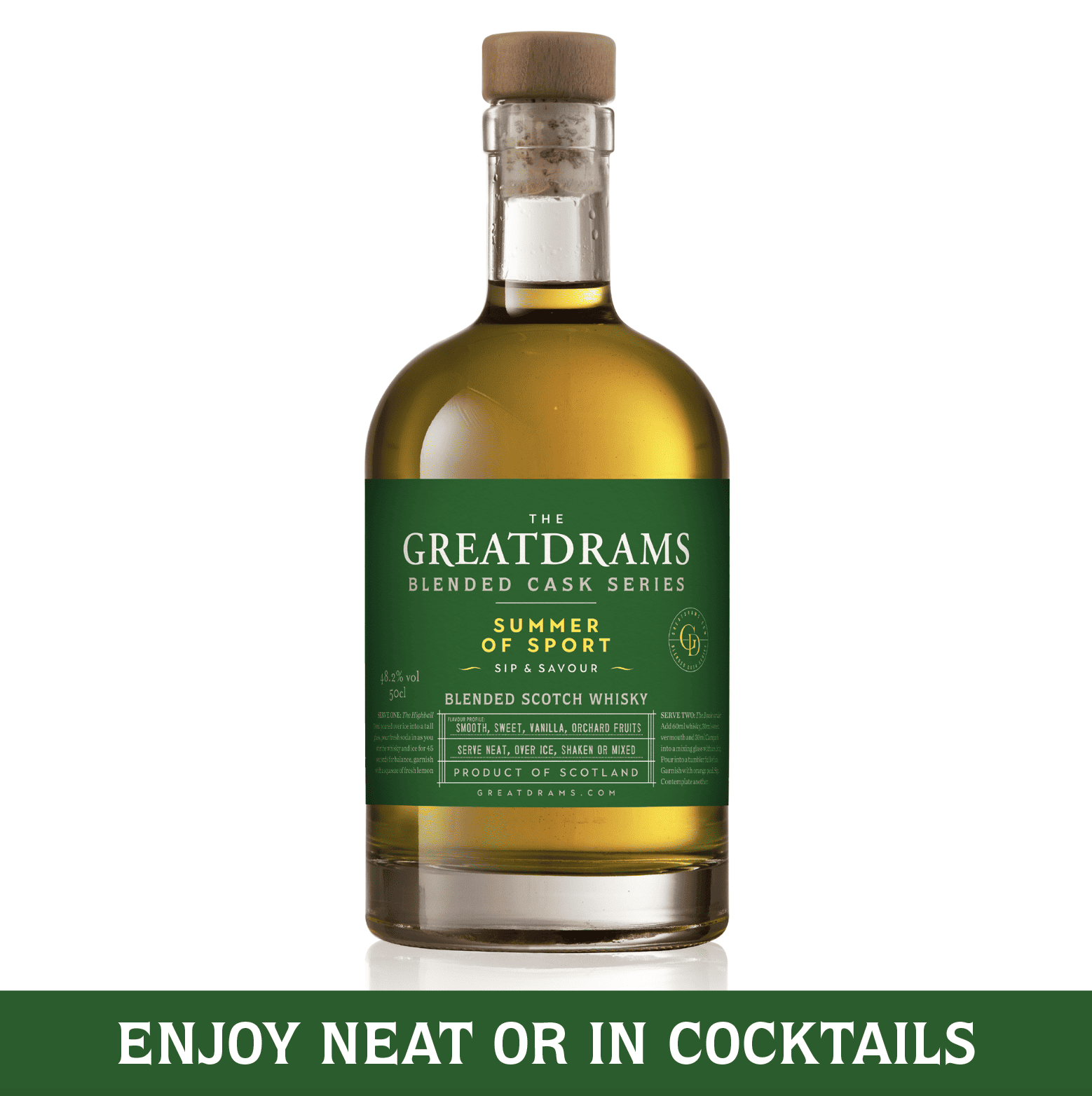
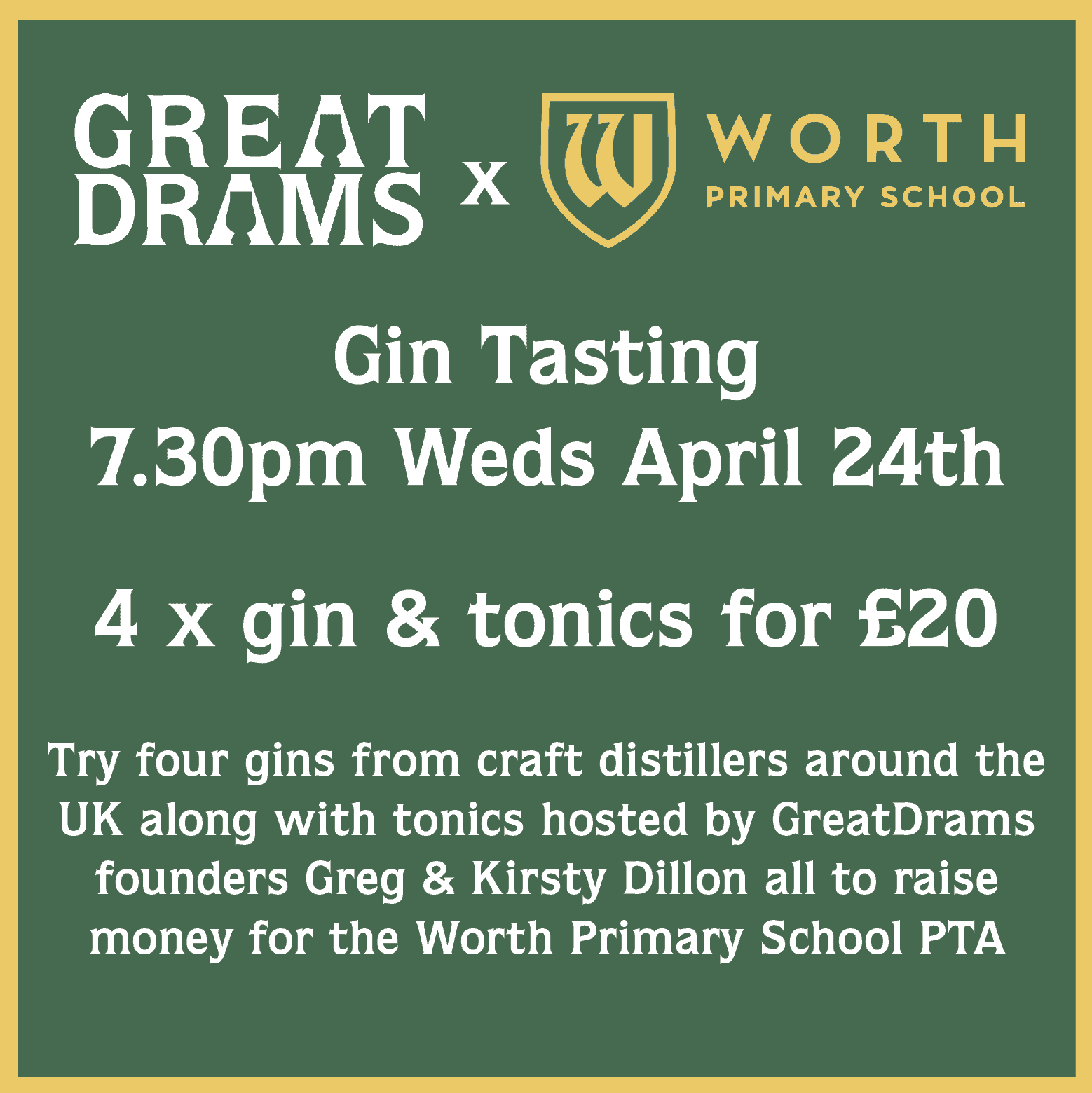

4 thoughts on “Are New Whiskies Capitalising Without Proving Their Worth?”
“Tell people a product is Premium and they’ll want it more. We all like to pretend we’re not susceptible to marking, but hasn’t there been a time when you’ve bought something top of the range, got it home, and realised its actually a bit rubbish?”
Describes every experience I’ve ever had with Macallan. I’ve never purchased a bottle, but many of my friends “swear by” Macallan because they “only go for the best”. Whatever. I’ve never tasted one single Macallan I felt was worth the price.
Have to agree with the comment about Macallan. It seems they can release any special NAS statement whisky and people go nuts for it without tasting it. Case in point being the Easter Elchies Black 2018. First online auction I saw after it’s release, and it was selling for triple the £750 original price. The last online auction I’ve seen, there were 64 examples under the hammer. With a greatly reduced price.
How many have tasted it? It isn’t likely to be garbage, but equally so is it great? Methinks not. It’s just the name only driving this one and the whisky is secondary.
Best sticking with the cheaper known tried and tested drams.
Whisky buyers aren’t idiots. I won’t even consider buying a bottle of Whisky if I haven’t already tried it, or tried something else from that Distillery. I can’t afford to pay for “premium” whiskies, but usually treat myself to £100-150 bottle at Christmas, which I save for throughout the year. So to pay £251 for a bottle of Whisky, from a entirely new, unknown distiller seems like a completely foreign concept to me.
It’s always about the contents of the bottle and sometimes it doesn’t matter how old a whisky is it can still be good or bad (for your individual palate at least). But yes, marketing, limited eduti9ns, small batch etc etc are being used by a lot of distilleries now to sell whisky at a premium price when it may not necessarily be a “premium product” (whatever you take that to phrase to mean).
It’s frustrating when you see whiskies at such a high price that they’re just unaffordable for the majority of people. I know new distilleries have a lot of costs from setting up which they need to recuperate quickly but slapping a high price and a “premium” sticker or a convoluted and usually pointless back story to it is not the way to do that (in my opinion anyway).